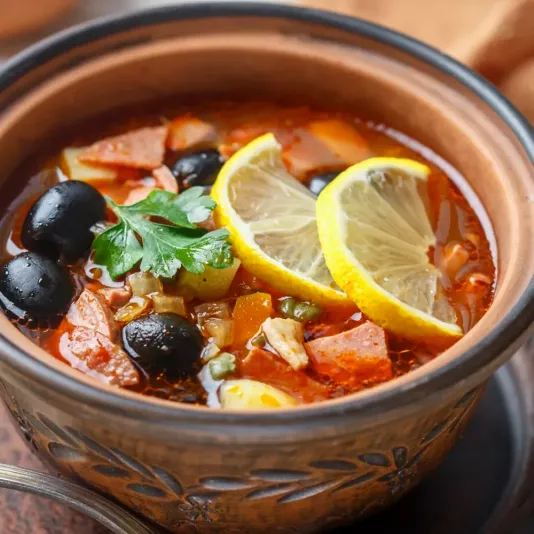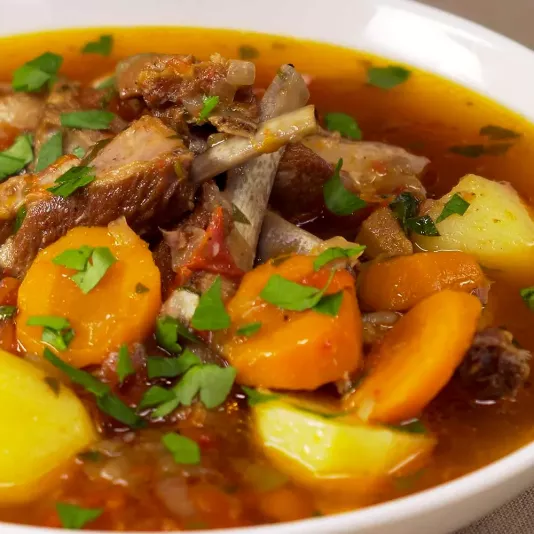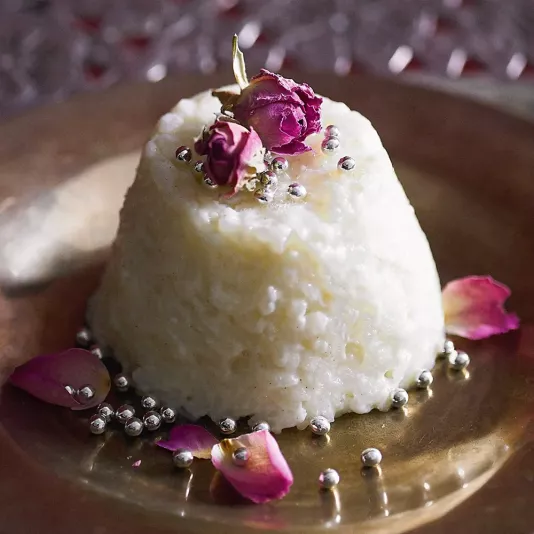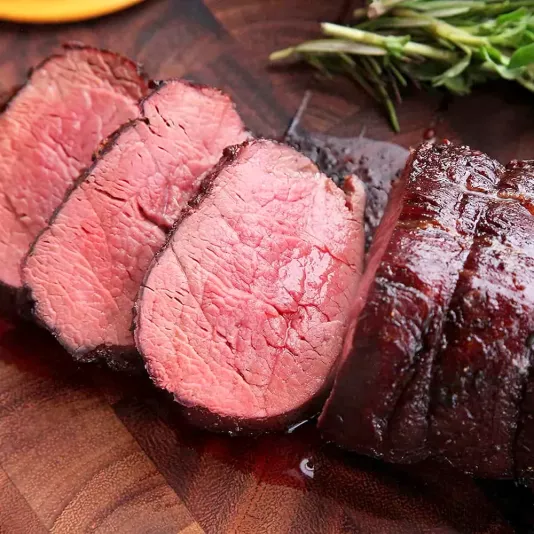British Cuisine
British cuisine is an example of how humble ingredients can create deep flavor and a sense of home comfort. Over years of cooking, I have learned that in British dishes, the most important thing is not the number of spices but the right heat treatment and balance of textures. Puddings, casseroles, pies, or roasts – all aim to warm, nourish, and bring peace. Their recipes are preserved by generations, passing on not only technique but also an attitude toward food as part of a daily ritual. I like that even in everyday dishes, like mashed potatoes or Yorkshire pudding, care is felt. British cuisine has taught me patience: to achieve true tenderness of meat or golden pastry, one must not rush but feel the moment. And that is where its wisdom lies – in simplicity that needs no embellishment yet always inspires trust.
British Cuisine Recipes
British cuisine has deep historical roots, and over years of cooking, I’ve realized its true strength lies in balancing tradition and adaptation. It has always responded to the changing times without losing its character. For example, classic roast beef remains a symbol of a festive meal, though today it is often prepared in ovens with precise temperature control to preserve juiciness. The same goes for pies: once baked in clay molds in brick ovens, now they are made in removable-bottom tins that ensure perfectly baked crusts. In my experience, British recipes often become a base for experimentation – you can change spices or vegetables, but it’s important to keep proportions. Every time I make shepherd’s pie or pudding, I’m convinced that simplicity doesn’t mean poverty, and precision in details creates perfection. That’s the beauty of British recipes – they give freedom within harmony, allowing one to express themselves even through the most familiar dishes.
History and Traditions of British Cuisine
The history of British cuisine is a story of how taste was shaped at the intersection of rural labor and urban habits. As early as the Middle Ages, dishes were defined by the availability of products: meat was roasted over open fire, vegetables were slowly stewed, and fish remained a part of everyday meals. I have read a lot about old recipes and noticed that most of them were built on survival logic: everything left after dinner was turned into a new dish. That’s how meat pies, casseroles, and puddings were born. Modern British cuisine has retained this spirit of thrift but has also learned to value quality and seasonality. From my observations, the British rarely use exotic ingredients – it’s more important for them to find the best meat, fresh vegetables, and make something sincere and tasty from them. This philosophy is close to me because it’s about respect for the product, understanding the nature of flavor, and the joy that arises in the simplicity of well-done work.
Classic Dishes of British Cuisine
Classic British dishes create a sense of stability at home. I always say that everyone should try to cook at least a few basic recipes: roast beef, shepherd’s pie, fish and chips, Yorkshire pudding, and apple crumble. Each has its own character and requires attention. For example, roast beef doesn’t tolerate haste – it’s important to let the meat rest after roasting so that the juices distribute evenly. I always prepare Yorkshire pudding with well-heated fat – only then does it rise and become airy. In fish and chips, the key is a crispy crust, so the batter must be cold and the oil hot enough. I love that all these dishes have practical logic: simple ingredients, precise actions, reliable results. That’s how true home cooking is born, cherished by generations. And every time the aroma of roasted meat fills the kitchen, I realize that tradition lives not in the recipe but in the hand that cooks with heart.
Modern Interpretation of British Recipes
Today, British cuisine is being actively reimagined, and I watch with interest as traditional recipes gain new life. For example, instead of heavy sauces, lighter cream or yogurt-based ones are often used, and meat dishes are complemented with vegetables and herbs for freshness. Over the years, I’ve realized that such changes don’t betray the spirit of the cuisine but make it closer to modern habits. At home, I sometimes make classic shepherd’s pie with turkey or lentils – the flavor remains recognizable, but the dish becomes lighter. The same goes for desserts: apple crumble with oats and nuts has a distinct texture without excess sugar. The main thing is to maintain balance: modernization must be reasonable, without excessive decoration. A true British dish remains simple, sincere, and warm, regardless of presentation. Even on a modern table, it still carries the spirit of home, where taste and comfort matter most.
Secrets of Success in Cooking British Dishes
Over the years of cooking, I’ve developed several principles without which British dishes can’t fully unfold. First, don’t rush: most recipes are meant for slow cooking, which brings depth of flavor. Second, don’t overload with aromas – British cuisine doesn’t favor excess. Third, temperature and time are crucial: baking at 200°C (392°F) requires steady heat without fluctuations. I always monitor the oven temperature because even a slight deviation can ruin a pudding or pie. Another secret is choosing the right sauces: dark broth-based ones for meat, light creamy ones for fish. And, of course, presentation. Even the simplest dish should look neat. British cuisine teaches respect for the process: when everything is done with care, the result always evokes gratitude for the taste and warmth of home. And each time I’m reminded – true mastery lies not in complexity but in honesty and love for what you do.




